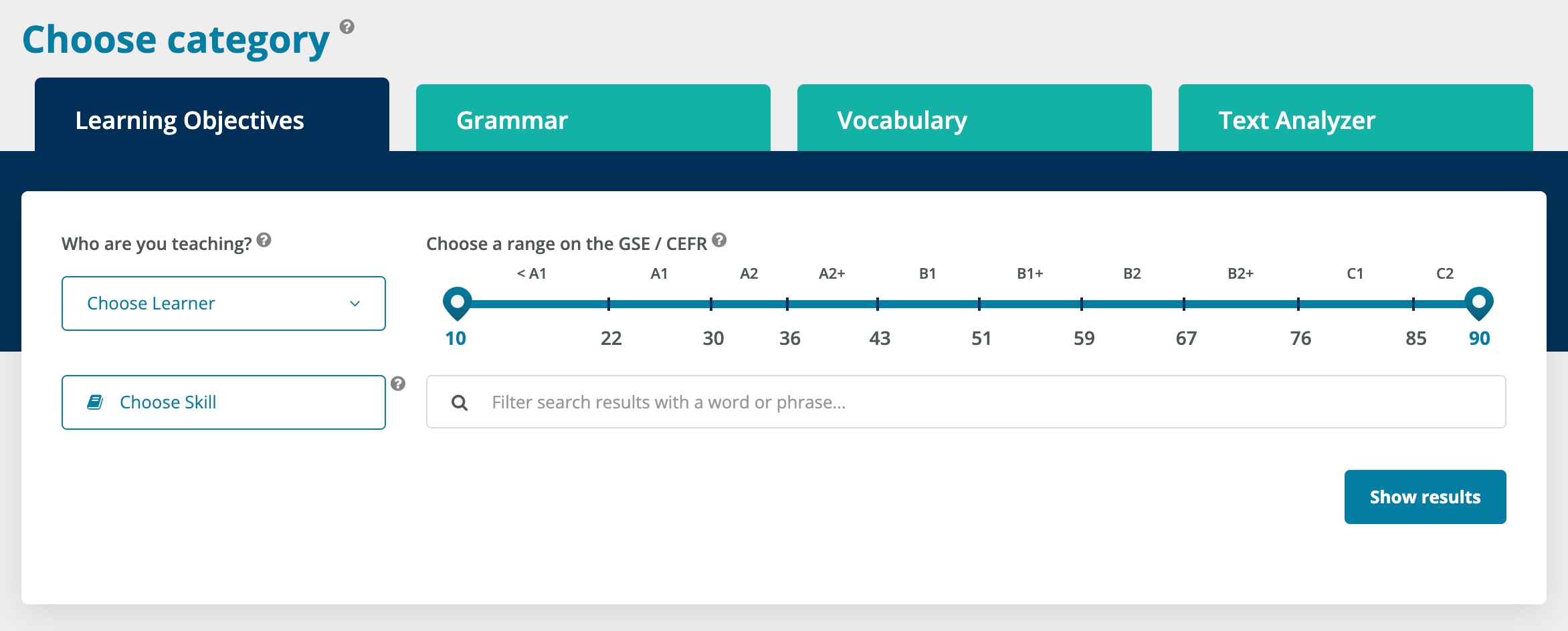Teaching our children core values is so important in helping them to become happy, well-balanced citizens who will make a positive contribution to our future society.
Values are present and visible everywhere and they are the foundation or starting point from where we make our decisions, which ultimately determine our futures. It is, therefore, important that our children learn a strong, moral set of values that will help guide them as they grow older, inform their decisions, help them to know right from wrong, solve problems, assert themselves and build self-esteem and confidence.
Values can be built on a personal level or even shared at a group level such as a family and friendship group. However, we often see them on a larger scale within communities, countries or even the whole world.
Having a shared set of values connects people on a deeper level and helps us to all work towards the same goals and standards – they can even encourage people to see the similarities between each other, rather than the differences.
Learning values through reading
Children learn about values through their families, friends, and teachers, through what they watch or listen to and through their life experiences. They also learn about values through the books they read. These lessons can be subtle but are often extremely powerful and can have a significant impact and influence.
As an example, let’s have a look at how shared values are explored in the new graded readers series for young learners, Disney Kids Readers, where special emphasis has been put on exploring values within a story. At the end, you will find several value-based activities that you can download for use in the classroom or as an activity at home.
How do Disney Kids Readers teach core values?
- Learning through stories that are already familiar can help children to trust in and take on board the key messages much more easily. Familiarity can break down many barriers to communication and help us understand that values are often universal.
- Many children are also familiar with the Disney characters and can find inspiration from reading how they react to situations in life, make decisions and behave. Children often look up to characters and can see them as role models within their own lives. As a result, the readers can be a reference point on how to respond to key life moments and how to incorporate values into real life.
- Also, depending on the child's age, some values may be new and children may not yet have experience with them in the real world. Therefore, the Disney stories allow them to explore these key messages through their favorite Disney character’s point of view.
Each Disney Kids Reader is linked to a key value and contains a ‘Values’ page with a short comic strip that brings to life a specific value.
The list below details a selection of key values taught across the readers. You could ask the children in your class to talk about which values are most important to them and why. Ask them to give an example of a time when they have demonstrated this value in their own lives.
Friendship, positivity, curiosity, confidence, open-mindedness, courage, determination, self-belief, responsibility, resilience, respect, honesty.
Examples of key values in Disney stories
In The Jungle Book, friendship is a key value, and we learn that it is important to help our friends. Baloo helps Mowgli when he is alone in the jungle and scared. An angry tiger wants Mowgli to leave the jungle, but when Mowgli meets Baloo, he finds a friend in him. Baloo sees that Mowgli is scared and looks after him. We learn that it is important to help our friends when they are in need.
Do: Ask the children when they have helped their friends.
In Inside Out, we learn about sincerity and how important it is to talk about how we are feeling. Riley is a teenager struggling with a whole range of emotions and we learn that life isn’t about being happy all the time and that it is okay to be sad sometimes. The children learn that this is a normal part of life and that talking it through with a friend, a parent or a teacher can help.
Do: Ask the children if they share their feelings with others.
Here are some activities for you to use with your class to help put into practice the core values from the readers. You can use these activities with any book, in and outside the classroom.
1. My Values Road Sign (L3-4)
This activity is a great way of talking to children about their values. By creating a road sign poster, it will help them to decide which values are most important to them and it is something that they can refer to again and again in challenging times. They can stick it on their bedroom wall, display it on the fridge or you could even make a classroom display of shared values when children have finished their books!
Download the worksheet
2. Kindness Calendar (L4-6)
This activity can be done as a family, with friends or as a class. The children fill in the calendar with kind actions they are going to do for 7 days. They can cut them out and place them into a jar and ask a different family member/friend/classmate to choose one a day. Do this for a week and discuss how carrying out kind actions makes them feel. Chances are it will make them feel good!
Download the worksheet
3. Core Values Quiz (L5-6)
Try this quiz with your class and test their values. The questions focus on the following values: sincerity, honesty, positivity, resilience and friendship. If they answer mostly As, then they already demonstrate most of the values in their lives. If they answer mostly Bs, talk to them about why it is important to be honest, positive, strong and kind. The quiz will start a meaningful conversation about their own values and how they react to common situations in life.
Download the worksheet
4. My future self (L1-2)
The children fill in the crystal ball with pictures of who they would like to be in the future. Do they want to be smart, funny, have a good job, live abroad, have a family, be rich, be a good friend or help the planet? Which of the plans make one person (themselves) happy and which plans make the world better? Do they need to change any of them?
Download the worksheet
Read our blog posts 'Fostering self-care and wellbeing through the world of reading' and 'The importance of teaching values to young learners'.





